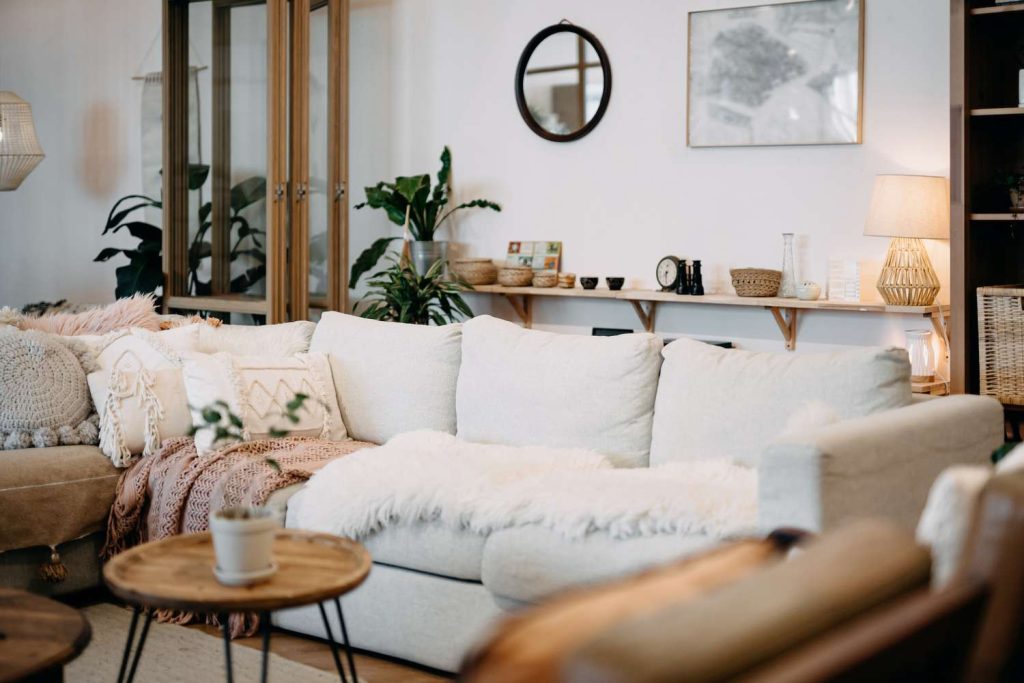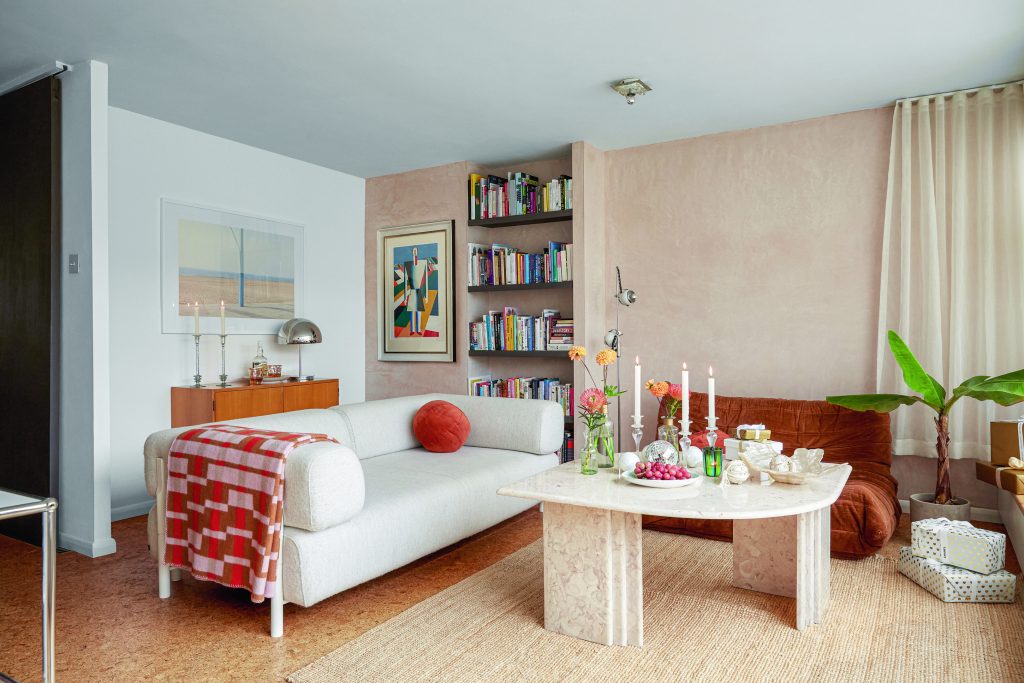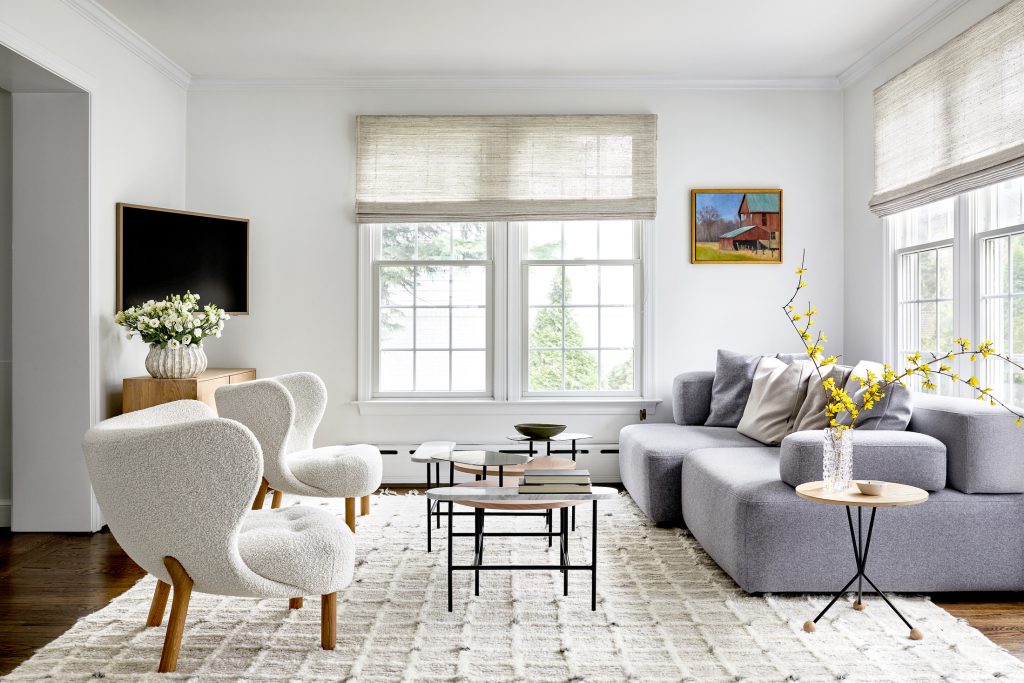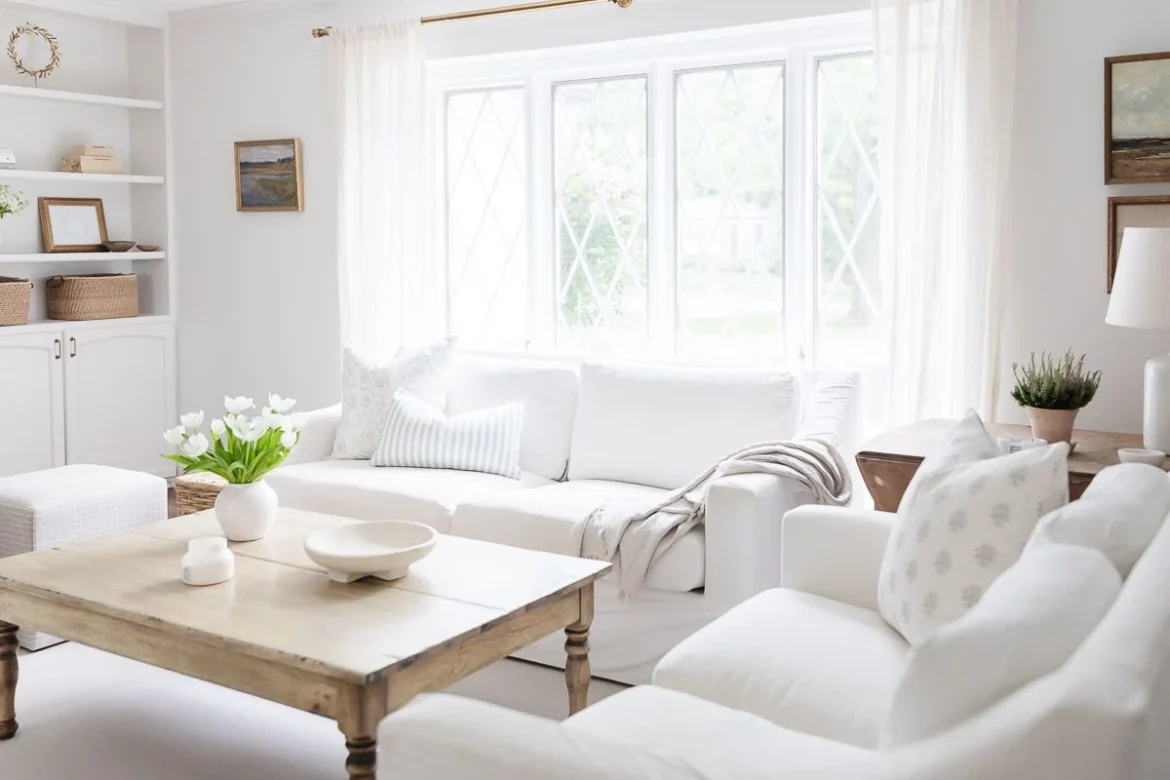A home is more than just a place to sleep or eat; it is a sanctuary—a space where comfort, warmth, and relaxation come together. A cozy home promotes well-being, reduces stress, and allows you to feel truly at ease. If your living space feels a little cold, impersonal, or chaotic, there are simple yet effective ways to make it cozier. From lighting to textures, furniture arrangements to personal touches, small changes can transform your home into a warm, inviting haven.
1. Warm Lighting

Lighting plays a crucial role in creating a cozy atmosphere. Harsh, bright lights can make a room feel sterile, while warm, soft lighting adds comfort. Consider using lamps instead of overhead lights and opting for bulbs with warm tones. String lights or fairy lights can also create a magical, inviting ambiance. Candles, especially scented ones, not only provide a soft glow but also add a soothing aroma, enhancing the overall feeling of warmth.
2. Comfortable Textiles
The textures in your home significantly affect how cozy it feels. Soft throws, fluffy pillows, and thick rugs create a tactile sense of comfort. Consider layering cushions on your sofa and adding a plush rug underfoot. For bedrooms, invest in quality bedding, including soft sheets and a warm comforter. Natural fabrics like cotton, wool, and linen not only look inviting but also feel good against the skin. Adding a knitted throw or faux fur accents can give the room a luxurious, comforting touch.
3. Personal Touches
Your home should reflect your personality. Personal items such as family photos, artwork, and mementos instantly make a space feel warmer. Displaying objects that bring joy or memories of happy moments creates a sense of belonging. Even small touches like favorite books on a shelf, handmade crafts, or travel souvenirs can make a room feel lived-in and welcoming. A cozy home tells a story about its inhabitants.
4. Declutter and Organize

A cluttered space can feel chaotic and stressful. Tidying up and organizing your belongings helps create a more serene environment. Use baskets, boxes, and shelves to store items neatly. Minimalism doesn’t mean a lack of personality; it means giving space for your favorite things to shine. A clean and organized home allows for relaxation, as your mind isn’t constantly distracted by disorder.
5. Incorporate Natural Elements
Nature has an innate calming effect. Adding plants or flowers brings life to your home while improving air quality. Even a small succulent on a windowsill can make a difference. Wooden furniture, wicker baskets, and stone accents add a natural warmth to interiors. The combination of greenery and earthy materials helps create a cozy, grounding environment.
6. Layered Seating and Soft Furnishings
Comfortable seating encourages relaxation and conversation. Arrange sofas, chairs, and ottomans in a way that promotes intimacy, such as facing each other or creating a small nook. Adding soft cushions, poufs, or bean bags makes the seating area inviting. Layering textures—like combining linen cushions with a wool throw—adds depth and warmth to the space.
7. Pleasant Aromas
Scent is closely linked to comfort and relaxation. Aromatic candles, essential oil diffusers, or incense can instantly make your home feel more inviting. Choose scents like vanilla, lavender, cinnamon, or cedarwood for a warm, cozy vibe. The right aroma can enhance your mood and make your space feel like a personal retreat.
8. Warm Colors

Colors can affect the ambiance of a room. Soft, warm tones such as beige, cream, muted oranges, and earthy browns create a sense of warmth and comfort. Even small accents in these shades—like cushions, curtains, or rugs—can make a noticeable difference. Avoid overly stark or cold colors in areas where you want to feel relaxed and cozy.
9. Create Functional, Comfortable Spaces
A cozy home is not just about aesthetics; it’s about functionality. Ensure that your furniture is not only beautiful but also comfortable and practical. A reading nook, a comfortable couch, or a soft chair near a window can become a favorite spot to unwind. Make spaces versatile so they can accommodate relaxation, hobbies, and socializing without feeling cramped.
10. Sound and Atmosphere
Sound can influence coziness. Soft background music, the gentle hum of a fan, or the crackle of a fireplace can enhance a sense of warmth and comfort. If possible, incorporate soft textures that absorb sound, like rugs or heavy curtains, to reduce echo and create a more intimate environment.
Conclusion
Making your home cozier doesn’t require expensive renovations or luxury items. Small changes like adjusting lighting, adding soft textiles, introducing natural elements, and personalizing your space can dramatically improve the comfort of your home. A cozy home is one that nurtures your well-being, encourages relaxation, and reflects your personality. By incorporating warmth, texture, and personal touches, you can transform any living space into a welcoming sanctuary that invites you—and your guests—to relax and enjoy life at home.

